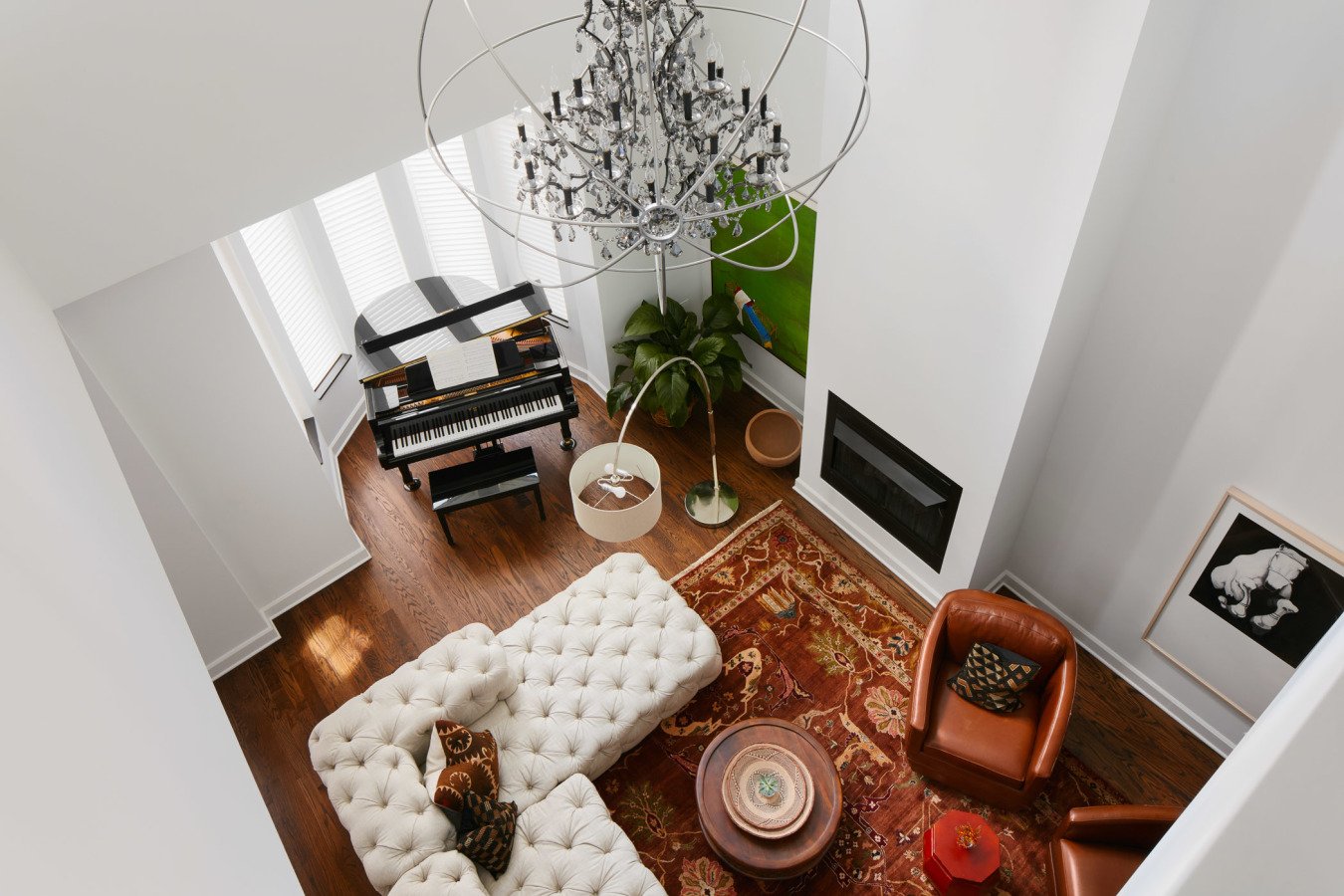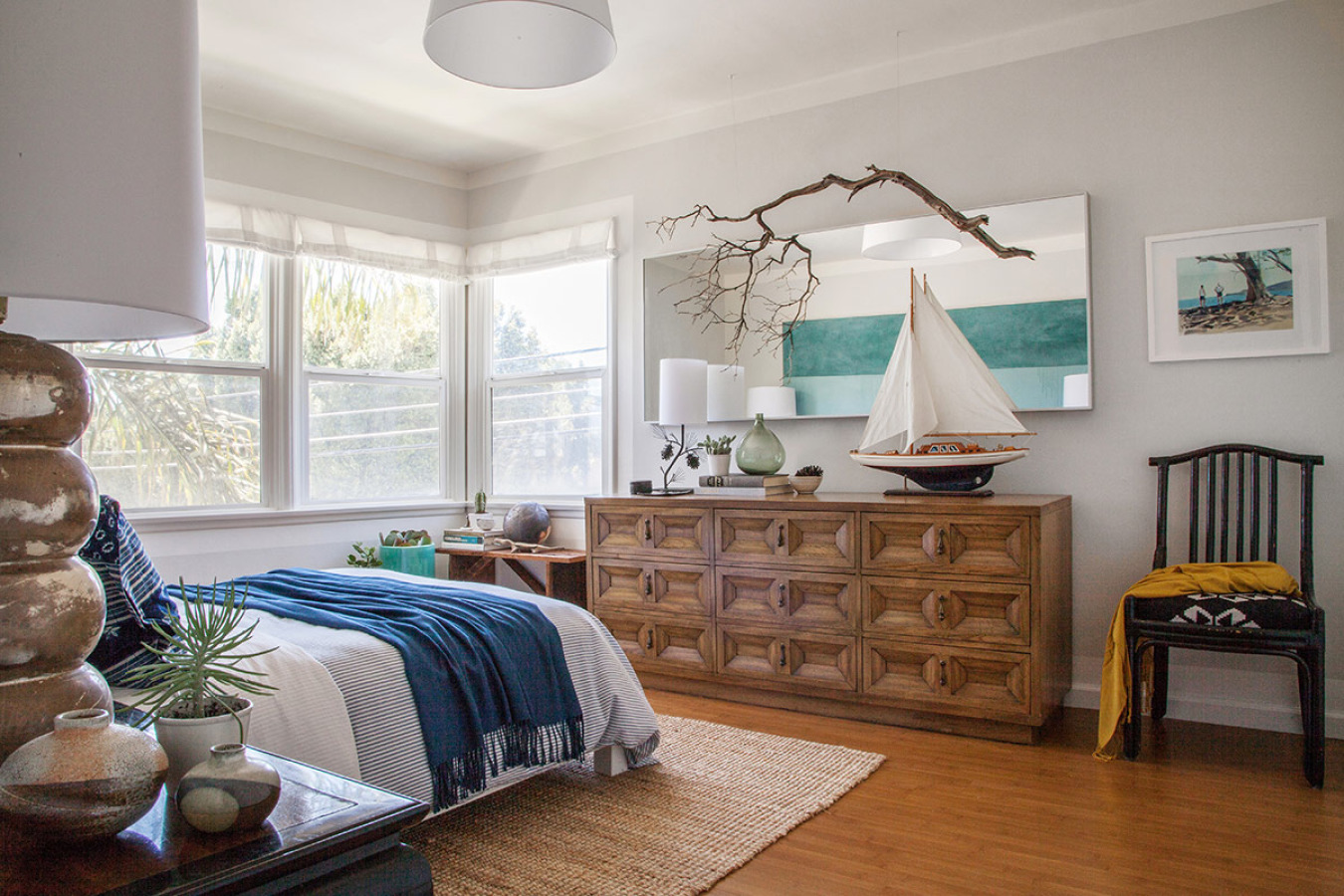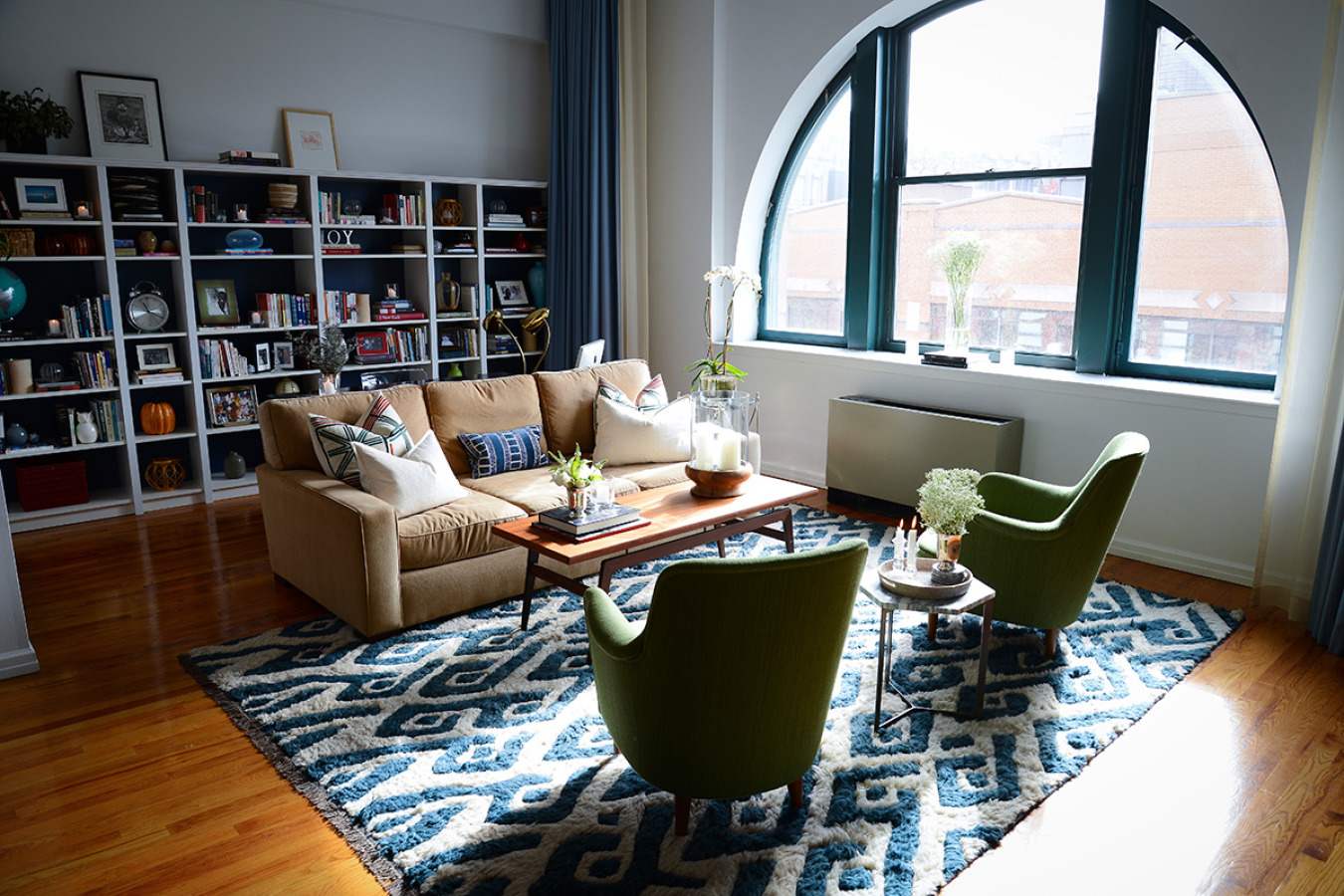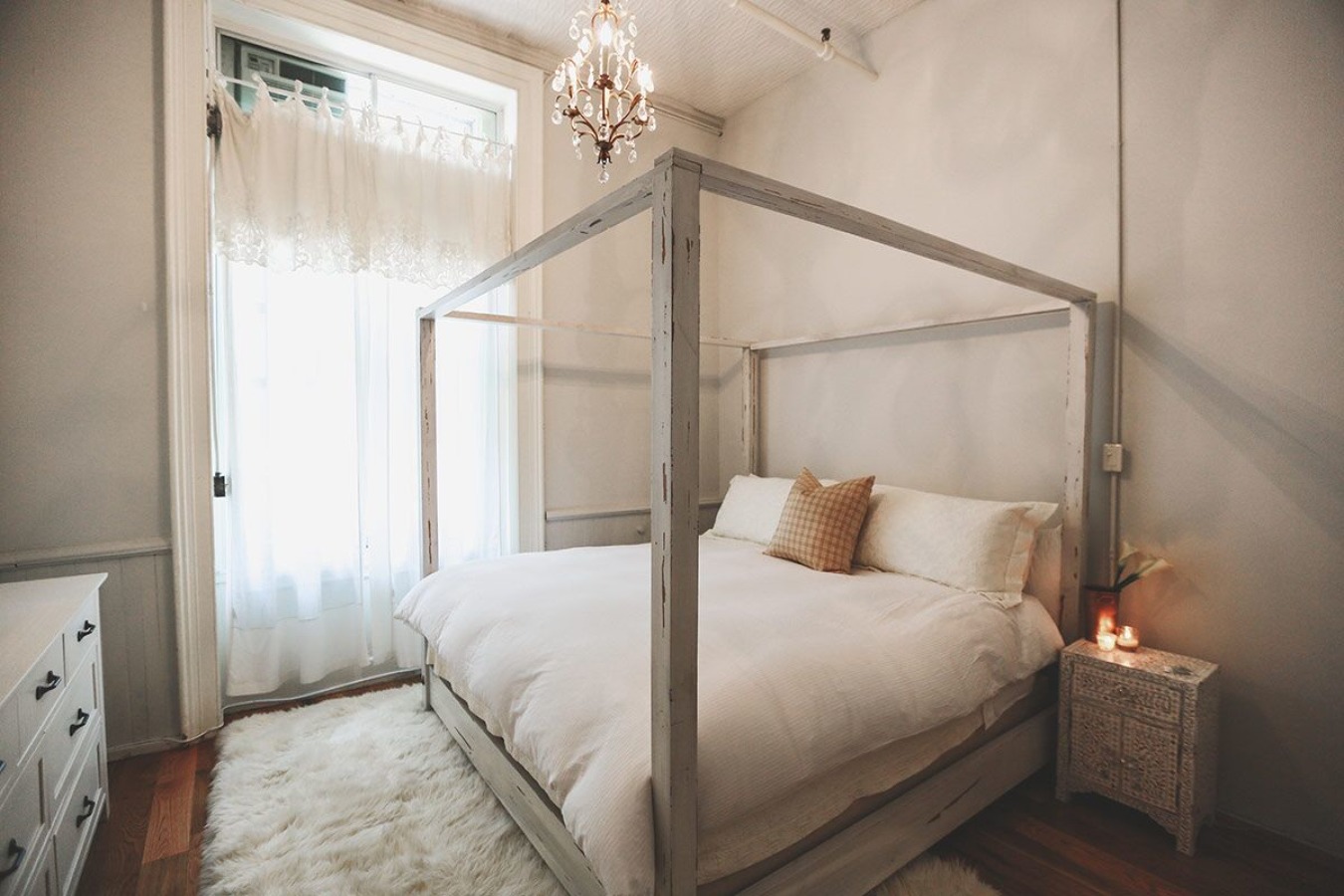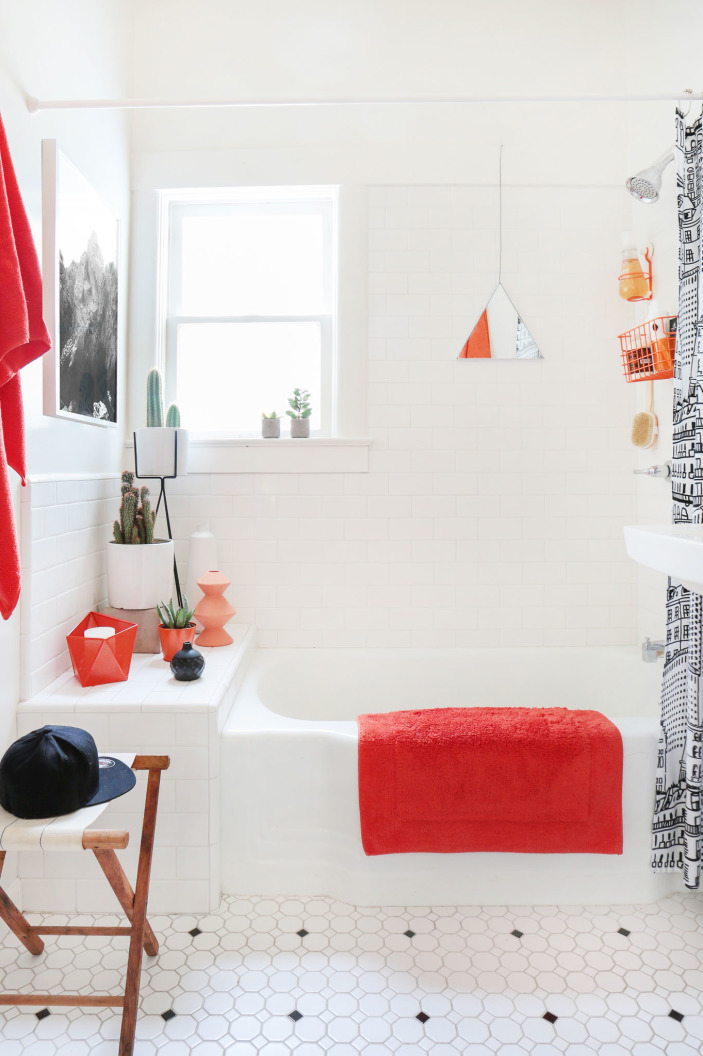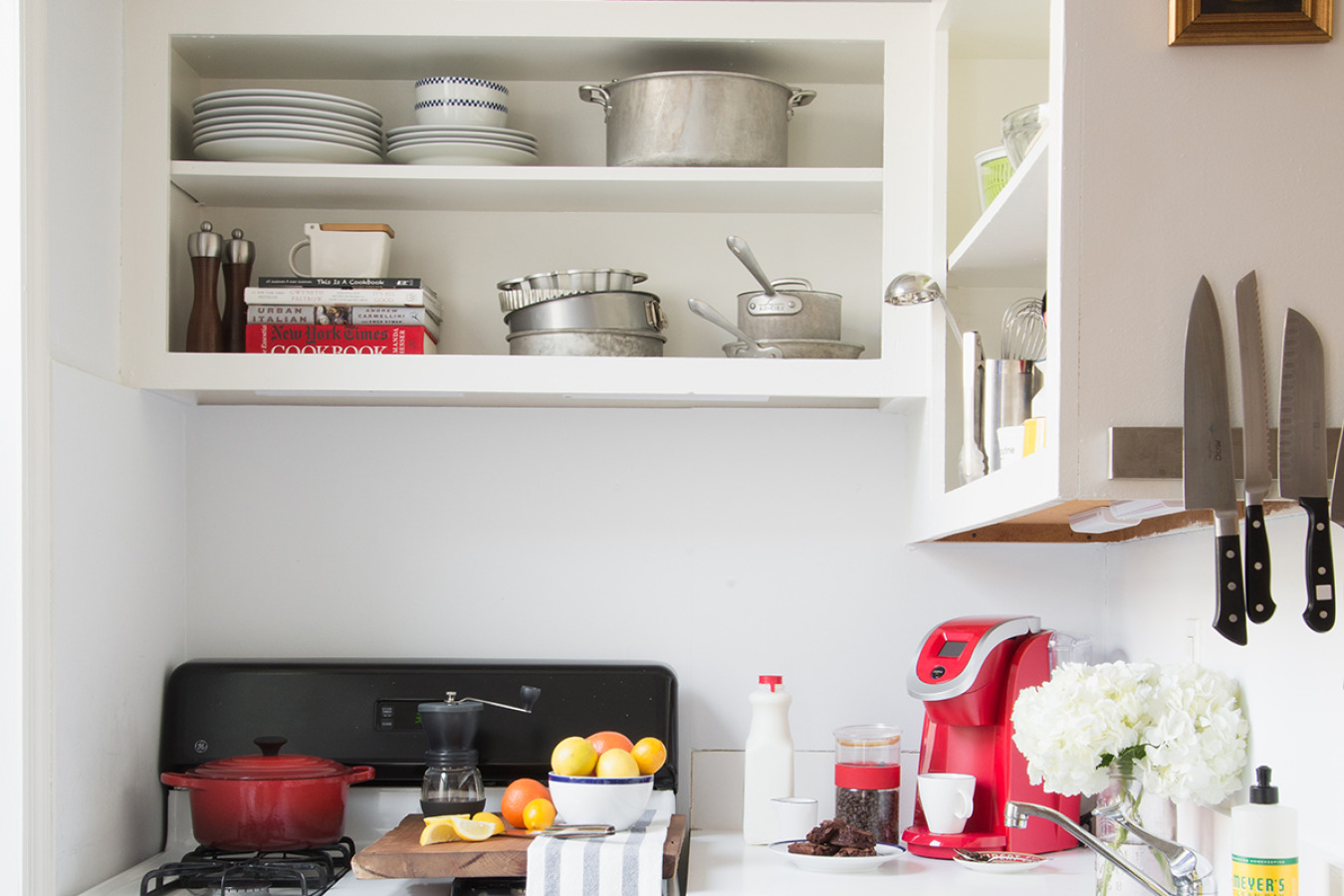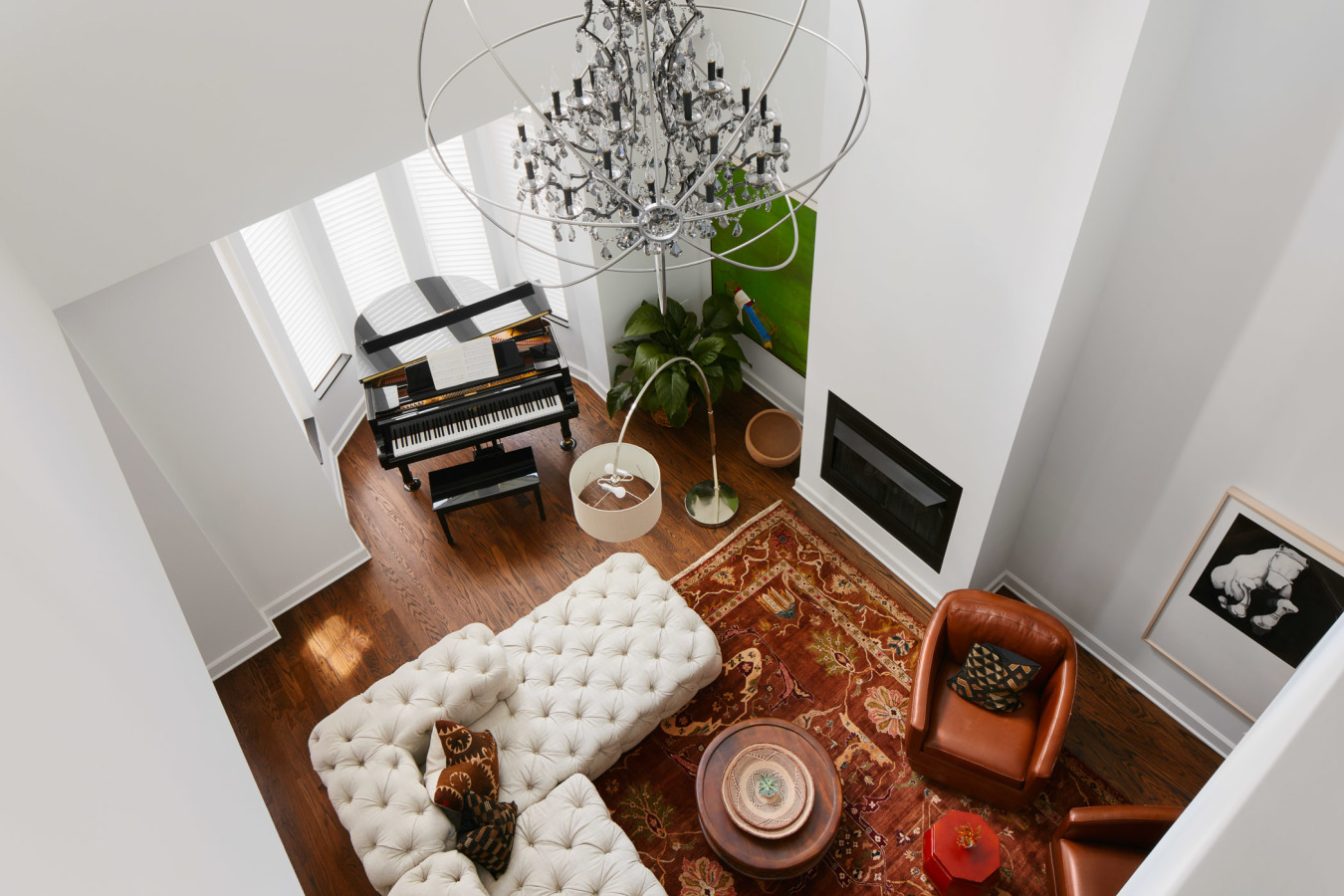- 1. Homepolish
- 2. Homepolish
- 3. Homepolish
- 4. Homepolish
- 5. Homepolish
- 6. Homepolish
- 7. Homepolish
- 8. Homepolish
- 9. Homepolish
Congratulations, you just found the apartment of your dreams. Now it’s time to pack, hire movers and settle into your glorious new space. But wait, your old furniture and decor do not speak to the aesthetic you want in your fresh apartment. What to do now? You could hire a decorator, but that would be expensive, and your budget is small. Luckily, the talented people at Homepolish believe interior design should be a lifestyle, not a luxury. Founded about three years ago, Homepolish is bringing the most talented interior designers from more than 20 of the best firms right to your doorstep for prices you can actually afford. We met with co-founder and CEO Noa Santos to learn more about Homepolish’s brilliant business model, talk about his favorite space transformations and learn how the city inspires his designers every day.
Homepolish is all about making sophisticated interior design accessible to all, no matter how small the budget. What made you want to take something many people see as a luxury and turn it into something obtainable?
Interior design, for me, is so much more than creating great looking spaces. Interior design is about enjoying the moment you get home from work, being proud and excited to entertain friends and having that spot to curl up with a glass of wine. At Homepolish, we believe interior design is a lifestyle, not a luxury, and everyone deserves it.
Your designers have been recruited from the best firms in the business. Are they able to get more creative and hands-on working with Homepolish versus some of the bigger companies they’ve worked for in the past?
Absolutely – we give our designers complete control over the projects they are working on. And because we don’t charge design fees or markups, their creative options are endless as long as they do what’s best for our clients. We want each space to be a reflection of each client’s unique personality. For the fashion-forward type, for example, it’s about creating a home that reflects the person’s closet. Why recruit the industry’s top designers if you aren’t going to give them the creative freedom to do what they’re really spectacular at doing?
Related: A Look Inside NYC Design Firm STUDIOSC
When dealing with a smaller budget, what are some cool elements and pieces your design team has used to decorate a space?
Small budgets can often be the most fun projects as clients tend to be more open to creative solutions. One of our earlier clients couldn’t seem to find a bed frame she liked – nothing was really resonating with her or the designer. Instead, they constructed a custom bed frame out of wooden shipping pallets that doubled as her shoe storage. Those kinds of solutions are why we give great designers creative freedom. We’ve refinished vintage desks in high-gloss colors, used mason jars as pendant lights and repurposed ladders and crates for storage. It can be a wonderful thing when money doesn’t drive design.

We are constantly trying to make tiny spaces work living in NYC. Any tips to make your home look polished, even if it’s incredibly small?
For us, a smaller space just means you can make a larger statement for less money. Depending on your style, going with bold patterns or saturated colors is always a way to make a space look instantly impressive. If you’re the more subdued type, clustering accessories to create visual vignettes makes your home look thoughtful. Truthfully, size has nothing to do with polish, it’s really about what design decisions you make. In other words, it’s not the size, it’s how you use it!
The Magazine is a great place for design inspiration, we loved looking through it for the first time. What are some ways your team gets inspiration for a project? Do you have any sites or publications you go to for ideas?
I think I can speak for our 20 designers when I say this city is full of ideas. I personally get inspiration from eating… a lot. Restaurants and commercial spaces typically take more risks because they have to set themselves apart. If you can translate those risks into residential solutions, they can make for pretty impressive projects. We’re currently working on about a dozen startup offices in Manhattan (including Codecademy, Sailthru, Fueled) and the design decisions we make – a 20-foot shipping pallet bar or a hidden bookshelf door – often come from encounters we have while eating, drinking, partying or just existing in NYC. As for publications, I’m sure our designers read them, but there’s no substitute for experience.

What is one (or a few) of your favorite Homepolish projects? Is there a space or two that underwent absolutely shocking transformations?
One of my favorite spaces will always be my first: a beautiful white SoHo loft I did for an amazing entrepreneur couple. The challenge was to make the large warehouse space feel like a home, so furniture layout was key. We split the living room into a family room and a den and used a 12-foot reclaimed bookshelf to create a foyer and a master closet. Then we filled the entrance-facing side with hundreds of white books. The space went from an empty shell to feeling like a million miles from Manhattan.
Now that we have 20-something Homepolish designers, I get to live vicariously through them and indulge my short attention span. One of our designers, Danielle, is working on Codecademy’s new 9,000 square foot office space in Flatiron, a huge, exposed-brick warehouse. We’re putting in a 20-foot bar made of reclaimed wood, a glass and brick conference room complete with bay windows and a hidden bookshelf door that leads to a “sleeping room.” Clearly, this is why we love working with startups.
To learn more about Homepolish and to schedule a consultation, visit homepolish.com.

